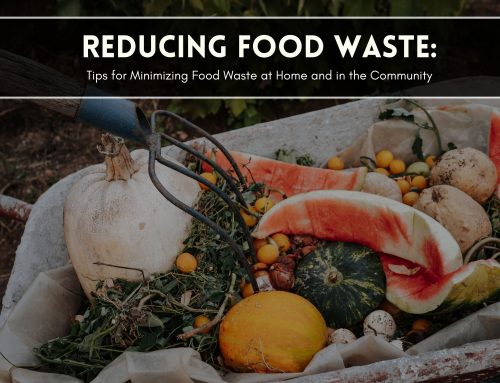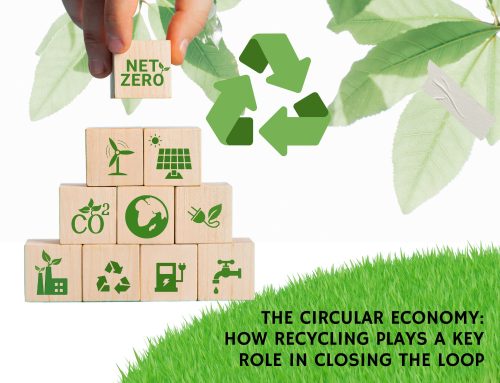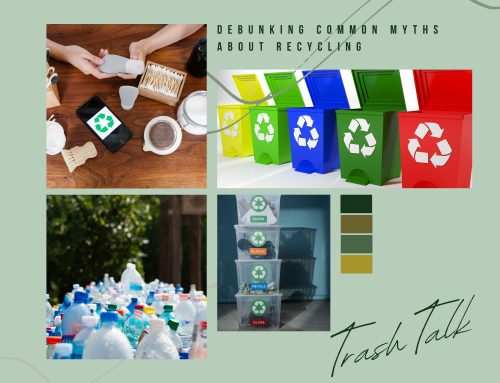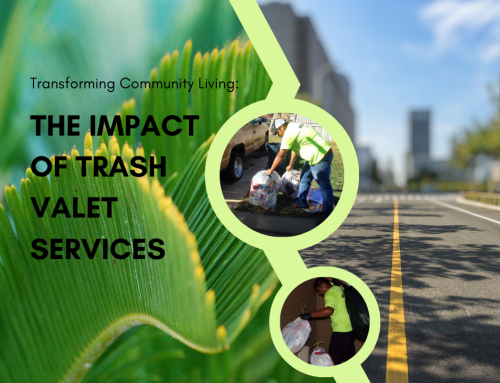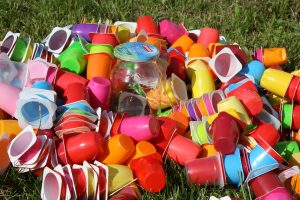 Plastic pollution is one of the biggest problems facing our environment today. Experts estimate that the average American throws away about 185 pounds of plastic each year. Plastic accounts for 10% of the total waste generated, because we use so much of it. And because plastic is non-biodegradable, it tends to stay in the environment long after it’s disposed of. This is problematic, because all that plastic has to go somewhere, and usually that somewhere is the Pacific ocean. On the other hand, this also makes plastic easy to reuse. Here are some tips to recycling the plastic you use and decreasing plastic pollution.
Plastic pollution is one of the biggest problems facing our environment today. Experts estimate that the average American throws away about 185 pounds of plastic each year. Plastic accounts for 10% of the total waste generated, because we use so much of it. And because plastic is non-biodegradable, it tends to stay in the environment long after it’s disposed of. This is problematic, because all that plastic has to go somewhere, and usually that somewhere is the Pacific ocean. On the other hand, this also makes plastic easy to reuse. Here are some tips to recycling the plastic you use and decreasing plastic pollution.
If It Has a Neck, Recycle it
While not all plastics will be accepted by your recycling service (and we’ll get into that later), pretty much all plastic bottles can be recycled. That means water bottles, soap and shampoo bottles, milk containers, and more can all be recycled. Think of how often you use plastic bottles throughout your day. All of that can be recycled and put back into use, without having to produce new plastic. A few other common plastic objects that will be accepted by any recycling company include plastic bags and plastic food wraps.
Recycling in Public Is Easy, So Don’t Skimp On It
Starting the recycling habit at home is great, but there are plenty of instances in which we use plastic outside of the home. You might grab a bottle of water while watching a football game, or get an iced latte from your favorite coffee shop. You may order fast food somewhere that comes with plastic forks and butter knives. You might go to an art studio where many of the supplies come in plastic containers. So what do you do in those cases? Do you just throw the plastic in the trash when you’re finished? Fortunately, most of the time you won’t have to. Most public places like parks, coffee shops, and many offices have recycling bins right around the corner where you can toss your recycling. While you may find yourself in a place that doesn’t have accessible recycling bins, you can always take your recycling home with you and toss it in your recycling bin at home.
Watch Out for Acceptable Plastics
You have probably noticed the small triangle at the bottom of your plastics that tells you it can be recycled, but you might not have noticed the number inside that triangle. These numbers, 1-7, are ways of classifying different types of plastic. #1 is Polyethylene Terephthalate, and you usually see it in the form of water bottles or packaging. #2 is High-Density Polyethylene, typically used in milk jugs, household cleaner bottles, and plastic bags. Most recycling services will accept plastics 1 and 2 and…that’s it. So before you recycle plastic, check the number and then check your recycling service’s list of acceptable materials.
If you live in Brazos Valley outside of Bryan-College Station city limits, consider Brazos Valley Trash Valet & Recycling. Unlike most recycling services in the area, Brazos Valley Recycling accepts plastics 1-7. They use a single stream service so you can toss all your recyclables into one bin. Contact them today for more information about how they can help you to reduce plastic pollution in your recycling habits.


